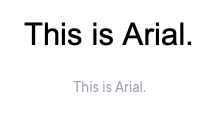
Choosing a good cover letter font is important because it affects the legibility and the overall look and feel of this crucial job application document. Let’s talk about the pros and cons of various fonts (and font sizes) so you can make an informed choice.
What is the best cover letter fonts? There's no single correct answer to this frequently asked question. But when it comes to choosing the right font for your own cover letter, you have quite a few great options.
The best fonts to use in a cover letter are those that are attractive, clean and easy to read.
You want hiring managers to take one glance at your cover letter and think “Looks good!” before they even start reading. Then you want them to read every word, focusing on your content — not distracted by a strange font choice or a font size that’s too big or too small.
Elevator Pitch NewsletterOnce every 2 weeks, our experts gather the best career & resume tips you can read in 15 minutes or less. Straight to your inbox!
By signing up you agree with our Terms of Service and Privacy Policy. Keep an eye on your inbox!Our newsletter is on its way. The best resume & job tips from our career experts will now be sent your inbox every 2 weeks!
If you choose some odd-looking, avant garde font to make your cover letter stand out, it will — but for all the wrong reasons. The recruiter is likely to frown and wonder why you chose such a weird font, and you’ve already got one strike against you.
Expert tipThere is no shortage of online advice about how to choose the best font for cover letters, including YouTube videos such as this one.


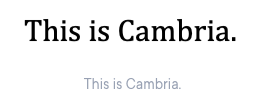
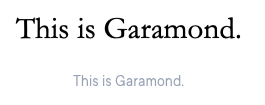
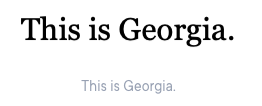
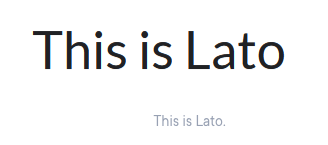
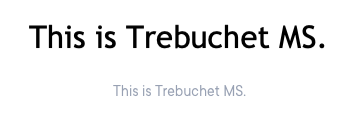
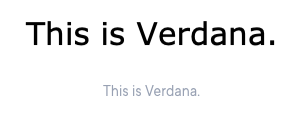
Now you know about the best fonts for cover letters, let's talk about the worst. Unless you’re really loving unemployment, don’t use these fonts in a cover letter:
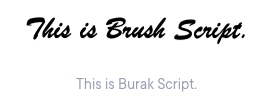
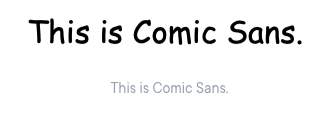

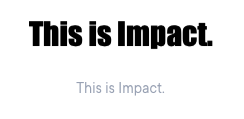
You’ll hear conflicting advice on certain fonts, these are generally considered situational fonts and you need to consider the image, character, and context for the job:
Helvetica: There’s nothing wrong with the world’s most famous font, but it’s so old that many consider it yesterday’s choice.
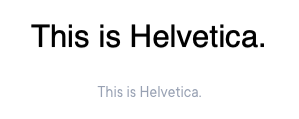
Times New Roman: Same goes for this classic serif font: It still works after all these years, but you won’t get points for originality.

Roboto, Open Sans, Ubuntu: These are clean and legible fonts that are widely used in the tech/IT industry, but they may not be as popular with more traditional jobs and employers. You can feel a bit safer using these when applying to a software company or an IT startup. Just be advised that you might end up with an overly sleek and techy feel to your document.
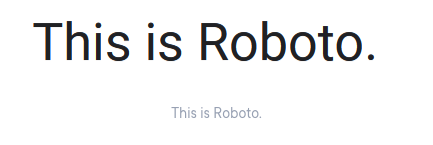


Whatever font you choose, do not make the mistake of running it too big or too small. Too big and it looks childish; too small and the reader needs a magnifying glass. And you can always count on resume.io for occupation-specific advice and a top-of-the-line online cover letter builder to boost your career!
A good rule of thumb is to start with a 12-point font size. Font size depends on the font style; for some fonts, 12 points could be too large or 10 points too small. Getting it right may take some trial and error.
People sometimes ask if an 11-point font is OK for a cover letter, and the answer is yes. Font sizes are typically described in even numbers, but there’s no reason you can’t make your font size 11, or even 11.3, as long as it looks good on the page.
Most cover letters should be one page only, and most first drafts exceed one page, so writers resort to downsizing the font to make it fit. This IS an allowable tactic, but don’t make it any smaller than 10 points.
Related article Is it OK to have a two-page resume?The temptation to increase your resume to two pages is real, but is it the right thing to do? For a director-level job seeker, the answer will be yes, but what about everyone else? If you do opt for two pages, make the most of them.
In addition to choosing the right font size for your application letter, you need to set appropriate cover letter margins — one inch on the top, bottom, left and right is a good rule.
Another consideration is cover letter spacing. Every typeface comes with a default amount of “leading” (rhymes with “sledding”), which means the amount of space between lines. This setting is adjustable, but don’t downsize it to squeeze your letter onto one page. Allow for an appropriate amount of white space in your cover letter, or it will look like you’re trying to cram 12 pounds of stuff into a 10-pound bag.
Look no further than resume.io for samples of what you might decide is the best font for cover letters. And if you’re ready to create your own cover letter, this is also the right place to get started right away. Check out our professionally designed, field-tested cover letter templates in four design categories: simple, creative, modern and professional.
Our top-of-the-line cover letter builder tool makes it easy to customize your own version for hassle-free, high-quality results in no time.
Expert tipYou can always count on resume.io for the advice to boost your career! Our job-winning resources include a wide selection of occupation-specific writing guides and free cover letter examples.
Best of luck with choosing the right fonts and formatting choices for your cover letter. And even if you’ve forgotten everything we’ve said here, remember: Don’t use Comic Sans!